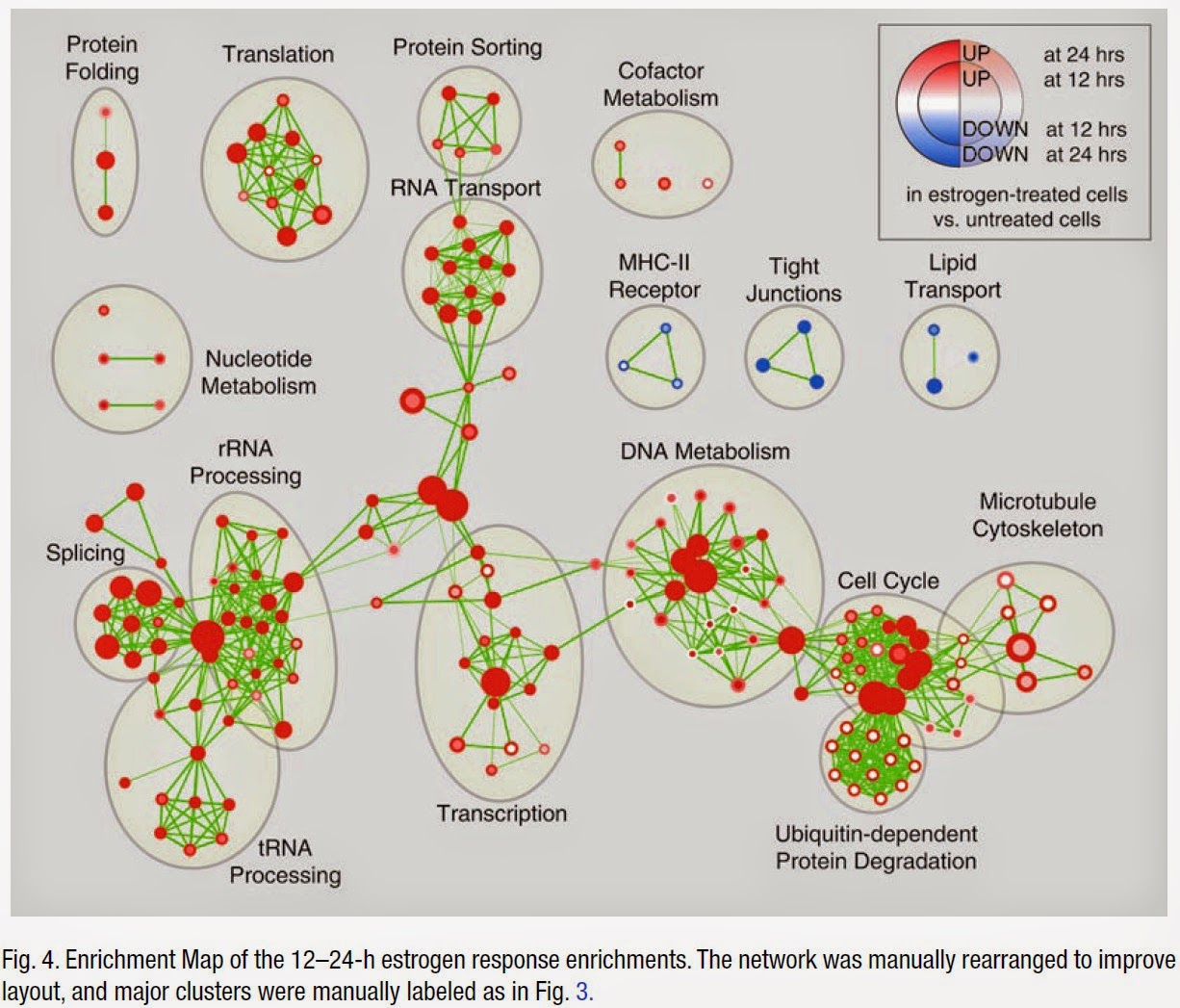
To evaluate the epigenetic status of the NAFLD liver, we previously performed whole hepatic mRNA sequencing followed by weighted gene co-expression network analysis (WGCNA). In addition to genetic effects, changes in epigenetic status are also important for the development of NAFLD. Indeed, previous genome-wide association studies by us and others have established a definitive genetic background associated with the development of the disease. Recent progress in genetic and epigenetic analyses has provided new insights into NAFLD. Accordingly, the investigation of NAFLD pathogenesis, especially in relation to HCC, and the discovery of novel treatment targets are of utmost concern. While the treatment of viral hepatitis improves, NAFLD and NASH are rapidly becoming the leading causes of HCC in Japan. Furthermore, HCC is the most common malignancy in patients with NAFLD/NASH, and a higher incidence of HCC has been reported in patients with advanced/severe fibrosis. HCC is a significant cause of morbidity and mortality in Japan. Similar to that in other developed countries, NAFLD has become a common disorder associated with metabolic syndrome in Japan. Nonalcoholic fatty liver disease (NAFLD) includes a wide spectrum of liver diseases, ranging from the benign non-progression condition non-alcoholic fatty liver to nonalcoholic steatohepatitis (NASH), which can progress to liver cirrhosis and hepatocellular carcinoma (HCC). Furthermore, FABP1, SGK2, and HNF4A are potential candidate targets for the prevention and treatment of HCC. Our results suggest that one DMR network was associated with fibrosis and tumorigenesis in both NAFLD and viral hepatitis, while the other network was specifically associated with NAFLD progression. This second network included genes involved in transcriptional regulation, cytoskeleton organization, and cellular proliferation, which are specifically related to fibrosis and/or tumorigenesis in NAFLD. The other DMR network was observed in NAFLD, but not in viral hepatitis or HCC. Decreased methylation levels of HNF4A in HCC may be associated with tumorigenesis. The decreased methylation levels of SGK2 may facilitate the growth and proliferation of HCC cells. Increased methylation levels of the FABP1 gene may be correlated with reduced protection of hepatocytes from oxidative metabolites in NAFLD and viral hepatitis. Fatty acid binding protein 1 ( FABP1), serum/glucocorticoid regulated kinase 2 ( SGK2), and hepatocyte nuclear factor 4 α ( HNF4A) were potential hub genes in this network. Methylation levels of genes in this network were higher in viral hepatitis and cirrhosis, and lower in HCC.

One DMR network was clearly observed in viral hepatitis and two HCC populations. The dataset GSE60753 was used for validation. We performed co-methylation analysis of DMRs using a normal dataset (GSE48325), two NAFLD datasets (JGAS000059 and GSE31803), and two HCC datasets (GSE89852 and GSE56588). In the current study, we examined these DMR networks in viral hepatitis and hepatocellular carcinoma (HCC). We previously reported that two differentially methylated region (DMR) networks identified by DMR and co-methylation analyses are strongly correlated with the fibrosis stages of nonalcoholic fatty liver disease (NAFLD).


 0 kommentar(er)
0 kommentar(er)
